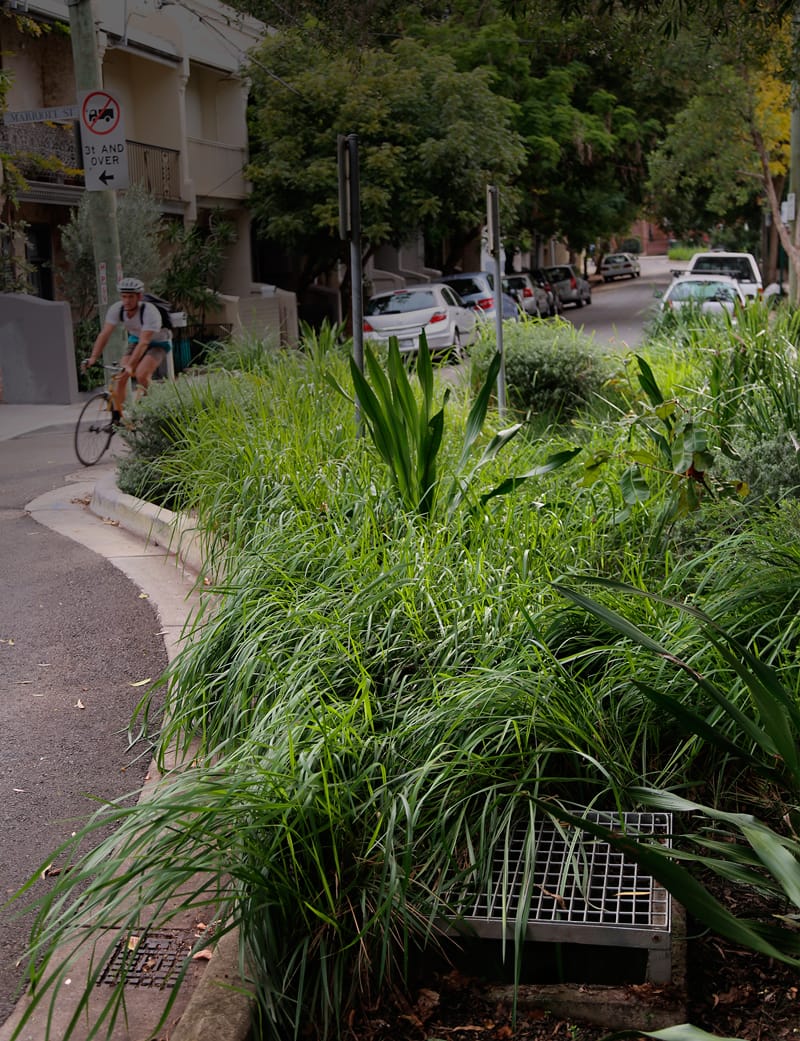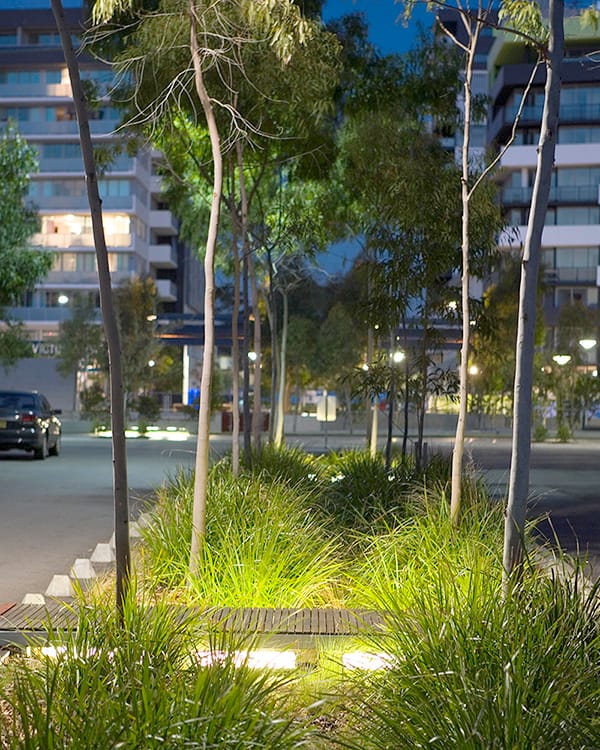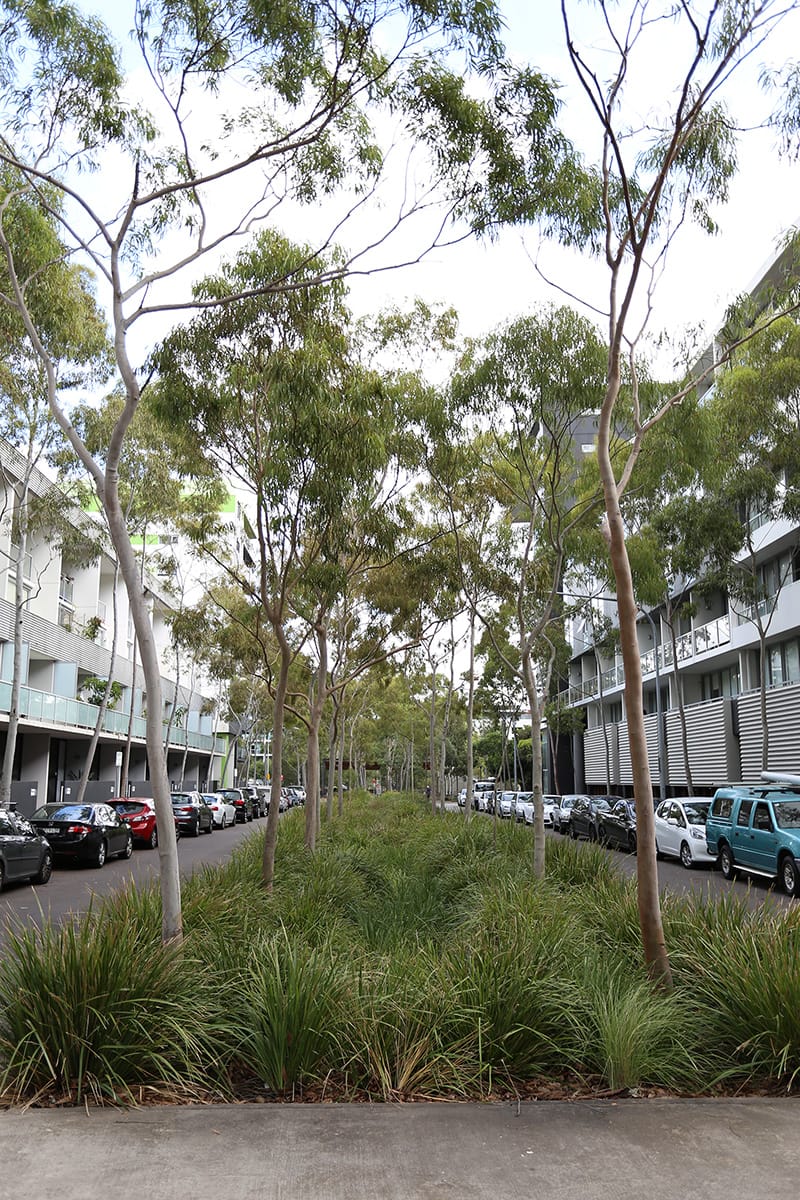
Designing water sensitive cities
Integrating water systems planning with land use planning
To enable the transition to water sensitive cities, water systems planning should be cross-sectoral and highly integrated with urban and land use planning. Uncertainty should be addressed through flexibility and contingency planning that incorporates many future scenarios.
We know this is important because…
… current water infrastructure planning often takes place in isolation from the broader planning of our urban environments and other social and built infrastructure.
To assist you, we have:
- created whole-of-landscape planning frameworks for water infrastructure. These frameworks engage with urban planning and consider a range of diverse strategies that account for future uncertainties;
- assessed tools and frameworks used to inform water infrastructure planning; and
- provided advice and suggested frameworks, and models that guide and inform collaborative planning processes.
Examples of where we have provided water systems and integrated planning advice include:
- developing an optimal urban water portfolio model that hedges against supply risks from all potential water assets;
Integrating water service delivery with the built environment
To enable the transition to water sensitive cities, urban and landscape design should ensure that water service delivery is an integral part of the built environment. Well connected green spaces and public areas should be deemed fundamental in fulfilling multiple functions with regard to amenity and other benefits, and local aspirations should directly inform the design process.
We know this is important because…
… the past design of our water infrastructure to date, has been generally been disconnected from the community’s expectations that infrastructure should be aesthetically pleasing and provide enhanced ecological functioning. Concealing and separating water infrastructure from our built environments and landscapes disengages the community from these essential services and results in a loss of ecosystem services in our urban landscapes.
To assist you, we have:
- developed an understanding of how we can design urban water and built environments that are resilient to change; that provide amenity, recreational, and biodiversity values; and that treat urban water and optimise multiple water sources.
- established evidence on how important water and green landscapes are in our urban environments; and
- created guidelines, frameworks, and models to inform urban design that protects waterway and groundwater health, and that provides microclimate and amenity benefits.
Examples of where we have informed the development of urban environments for integrated and multi-functional water service delivery include:
- determining the effect of WSUD and urban greening on human thermal comfort
- establishing the Officer demonstration project to showcase innovative onsite stormwater management


Delivering multiple objectives and a range of benefits
To enable the transition to water sensitive cities, water systems design should focus on various scales to achieve multiple objectives and deliver a range of benefits. Fit-for-purpose solutions should be widely used, and synergies should be created and utilised between different areas of the water cycle.
We know this is important because…
… Australian towns and cities often attempt to address twenty-first-century issues with nineteenth-century technologies that are typically large scale and designed to deliver single objective solutions.
To assist you, we have:
- helped develop innovative urban water infrastructure which integrates the management of urban water systems, allows fit-for-purpose use of water, and recovers resources embedded in urban water, with the aim of maximising the multiple benefits of urban water;
- established evidence of the benefits and risks associated with new technologies (or green infrastructure); and
- developed new water technologies and datasets with accompanying guidance material to support adoption.
Examples of where we have helped develop water systems that achieve multiple benefits include:
- the development of adoption guidelines for the design, maintenance, and operation of new green technologies such as biofilters